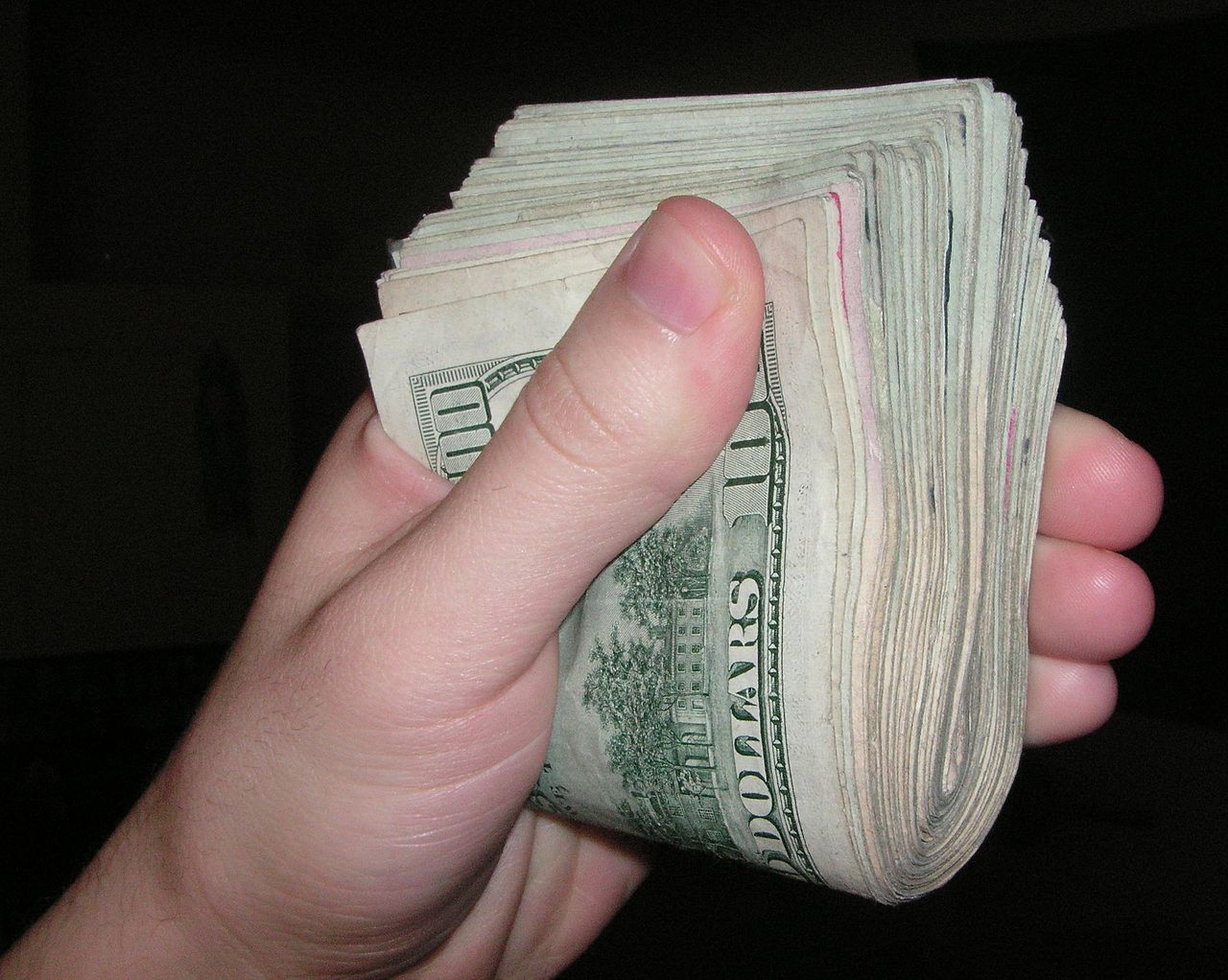State Taxes Lowest for Wealthiest
Top 1% of state pay 6.2% of income, middle-class pays 10%.
Wisconsin is a better place when we all do well. Unfortunately, while the wealthiest have seen their incomes skyrocket in recent decades, incomes have stagnated for the middle class and those who struggle hardest to make ends meet. It’s becoming harder to make it to the middle class and stay there.
Wisconsin’s state and local tax system, like the tax systems in most states, makes this problem worse. If you look at who pays taxes in Wisconsin, it turns out that middle-class and low-income families pay a bigger share of their incomes in state and local taxes than the wealthiest households in the state. We call on financially-stressed families to pay 8.9 cents out of every dollar they earn in state and local taxes, while the wealthiest households pay just 6.2 cents out of every dollar of income. And many corporations pay little or nothing in income taxes.
Wisconsin’s middle class, once one of the strongest in the country, has shrunk more quickly than in any other state. That trend should set off alarm bells for state policymakers, who should be using the tax system and other tools to help people work their way up the economic ladder. Instead, state lawmakers have focused on passing tax cuts that give big benefits to powerful special interests and do little or nothing to improve the lives of Wisconsin residents with modest incomes.
Examples of recent state tax cuts that are slanted in favor of the wealthy and well-connected include:
- The Manufacturing and Agriculture Credit, which allows manufacturers and some other businesses to pay next to nothing in state income taxes. Tax filers with incomes of more than $250,000 receive 93% of the value of this credit, leaving just 7% for everyone else. The cost of this credit has ballooned far beyond the amount that state lawmakers anticipated when they passed the tax break in 2011. Over a seven year period starting in 2013, the cost overrun for the credit compared to the original estimate is expected to add up to a stunning $805 million. (For more about the Manufacturing and Agriculture Credit, see The Big Giveaway is Getting Bigger: Updated Figures Show Growing Tax Credit is Inefficient, Costly, Wisconsin Budget Project, February 2017.)
- A tax credit for private school tuition, which Wisconsin lawmakers passed in 2013. Families making $100,000 and above made up just 13% of the tax filers – but they claimed two-thirds of the private school tuition tax cut.
- An income tax rate cut for those with the highest incomes. As part of broader tax cut package in 2013 state lawmakers reduced the top income tax bracket from 7.75% to 7.65%, reducing income taxes for married-joint filers who earn more than about $320,000 and single filers who earn more than about $240,000.
In Wisconsin, the top 1% is thriving, with the share of income going to the top 1% in Wisconsin reaching record levels. We need to make sure our tax system doesn’t give the top 1% an additional advantage at the expense of taxpayers of more modest means. Instead of looking for new ways to cut taxes for people with the highest incomes, state lawmakers should turn their attention to making investments that help Wisconsin communities and families thrive.
Wisconsin Budget
-
Charting The Racial Disparities In State’s Prisons
 Nov 28th, 2021 by Tamarine Cornelius
Nov 28th, 2021 by Tamarine Cornelius
-
State’s $1 Billion Tax Cut Leaves Out 49% of Taxpayers
 Sep 21st, 2021 by Tamarine Cornelius
Sep 21st, 2021 by Tamarine Cornelius
-
TANF Program Serves a Fraction of Poor Families
 Aug 30th, 2021 by Jon Peacock
Aug 30th, 2021 by Jon Peacock























If you guys are going write about tax it would probably be a good idea to get the facts right.
The Private School provision is a tax deduction and not a tax credit. There is a big difference between the 2.
Most corporations do not pay taxes because most are Subchapter S corporations and the income/loss flows through to the shareholders. Many that are C-Corporations will bonus the income of the corporation out to their owners as a W-2 in order to avoid the double taxation you can get on corporate profits.
And really if the top 1% is paying 6.2% of the tax burden aren’t they paying a disproportionate share of the burden unless they are using more resources than that.
Income disparity and the shrinking middle class is a real problem, but I’m not sure the issue is the tax code.
Fake and misleading statistics.